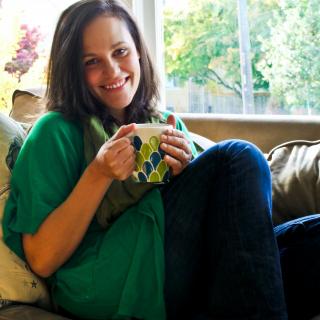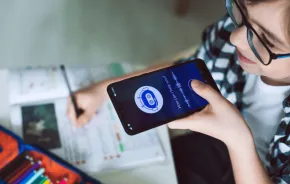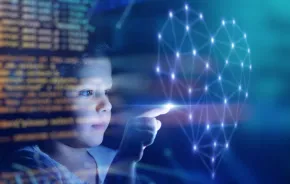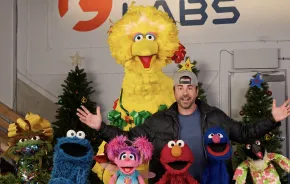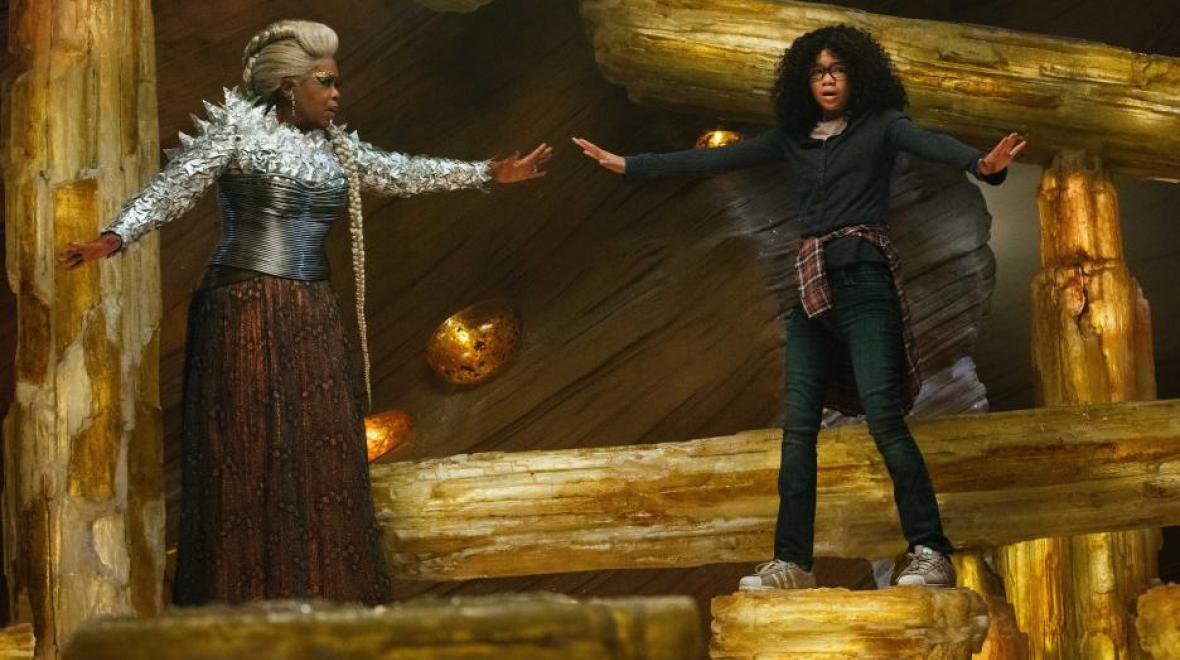
Ever since I can remember, I’ve subscribed to the practice of racebending ... I just didn’t know it.
I first learned the term just a few years ago, while reading the “Harry Potter" series to my kids. I discovered I wasn’t the only one who’d always imagined one of the story’s principal characters, Hermione Granger, as black (or at least biracial). When the first “Hunger Games” movie came out, I was surprised at the backlash over Rue and Cinna’s characters being portrayed by black actors because I’d imagined not only Rue and Cinna as people of color, but also had assumed the book’s main character, Katniss, was multiracial. I wasn't alone.
If you're not familiar with the term: Racebending is the practice of racially reworking characters in literature and film. Though the term was originally coined to describe the film industry’s whitewashing of people of color out of history and art, it has evolved to refer to re-imagining historically white characters as people of color (think “Hamilton”).
Interpreting characters to mirror our identities can be a way to protest the common perception of white as default in popular culture. As a chiId, I was too young to give this practice a name, or to even realize I was doing it, but like most kids of color, I was.
Enter Madeleine L’Engle’s Newbery-Award winning novel, 'A Wrinkle in Time,' a childhood favorite of mine. Recently, while reading the book to my kids, I realized three of the book’s most important characters — Mrs. WhatsIt, Mrs. Who, and Mrs. Which — weren’t necessarily white for me. With their elderly warmth and wisdom, the three millennia-old resembled my black grandmother and aunties, so I’d just assumed that they were black. (L’Engle included few descriptions of physical appearances, so I wasn’t entirely off base, unless you consider historical context.)
Revolutionary book, racebending movie
The potential for racebending was just one of the reasons why I was excited to see Disney’s new film adaptation of “A Wrinkle in Time,” directed by Ava DuVernay, with my family. As is well known, DuVernay, an African American director, cast the film with a diverse range of actors, including Meg (presumably white in the books) as a biracial girl.
For those who are new to the book, “A Wrinkle in Time” tells the story of Meg Murry, an awkward and struggling young girl who journeys through space and time to rescue her scientist father and (eventually) genius little brother. She is helped by three wise and whimsical sages (the three characters cited above).
The 1962 classic was revolutionary for its time and still deeply inspiring to me when I read it as a girl growing up in the 1990s. (Even in the 90s a smart, quirky, go-getter girl as a celebrated protagonist in a novel was hard to come by.) I felt like Meg Murry was me. Like Meg, I struggled with being distracted and disruptive at school. Like Meg, I grieved a missing father (he left home after my parents' divorce when I was 6). And like legions of other L'Engle fans, I brought a lot of expectations to the film.
In retrospect, I should have prepared myself for disappointment because of my strong connection to the book. But I also expected more from DuVernay. I was especially underwhelmed by the set design and special effects. For a movie largely revolving around fantasy, the film relies too heavily on costumes and makeup to provide most of its futuristic elements. One example: Mrs. WhatsIt, Mrs. Which and Mrs. Who (played by Reese Witherspoon, Oprah Winfrey and Mindy Kaling, respectively) got quite the glammed-up makeover in the film, a choice that sends kids (especially girls) a message that runs counter to the original, empowering theme of the book.

The good news is that my kids loved it. It’s hard to find a movie that both my oldest daughters (10 and 11) and my youngest two kids (5 and 7) will all enjoy. In that way, “A Wrinkle in Time” delivered. Kids aren’t as picky about movie adaptations of books, so where I found the film lacking, my kids were entertained and engaged.
Meg is still the hero
Some aspects of the film were successful. A surprising highlight were the updated characters of Mrs. Who (one of the book’s three guiding sages) and The Happy Medium (a seer Meg and company visit along the way). Throughout the book, Ms. Who quotes philosophers, religious texts, artists and activists. In the film, Mrs. Who’s historic quotes got a much-needed update; with Kaling's fresh and funny delivery of Rumi (“The wound is the place where the light enters you”), Outkast’ (“You need to git up, git out, and git something") and others. The scene between Meg and The Happy Medium, played by Zach Galifianakis, were surprisingly tender and funny.
All kids need to see powerful girls, especially girls of color, on screen. If nothing else, that’s enough of a reason to see this movie.
For all of us, the best part of the film (like the book) was Meg’s character. Storm Reid shines in the role, and the movie’s script (mostly) improves on the original character, with the film highlighting Meg’s growing confidence more pointedly than in the book. I especially appreciated this as a mom of tween girls just coming into their own in a world that expects them to conceal signs of self-assurance.
Most importantly, Meg remains the indisputable hero. That matters because girls are still underrepresented as the hero in literature and film. Doubly so for girls of color. All kids need to see powerful girls, especially girls of color, on screen. If nothing else, that’s enough of a reason to see this movie.
Throughout the movie, I looked at my own kids beside me to see if they were taking it all in. They were engrossed in Meg’s story, rooting for her, and seeing themselves in her story — just as I did. Times may have changed, but the message still holds true: Love wins and representation matters.




